Home>Articles>How Much Water To Cook Basmati Rice In Rice Cooker
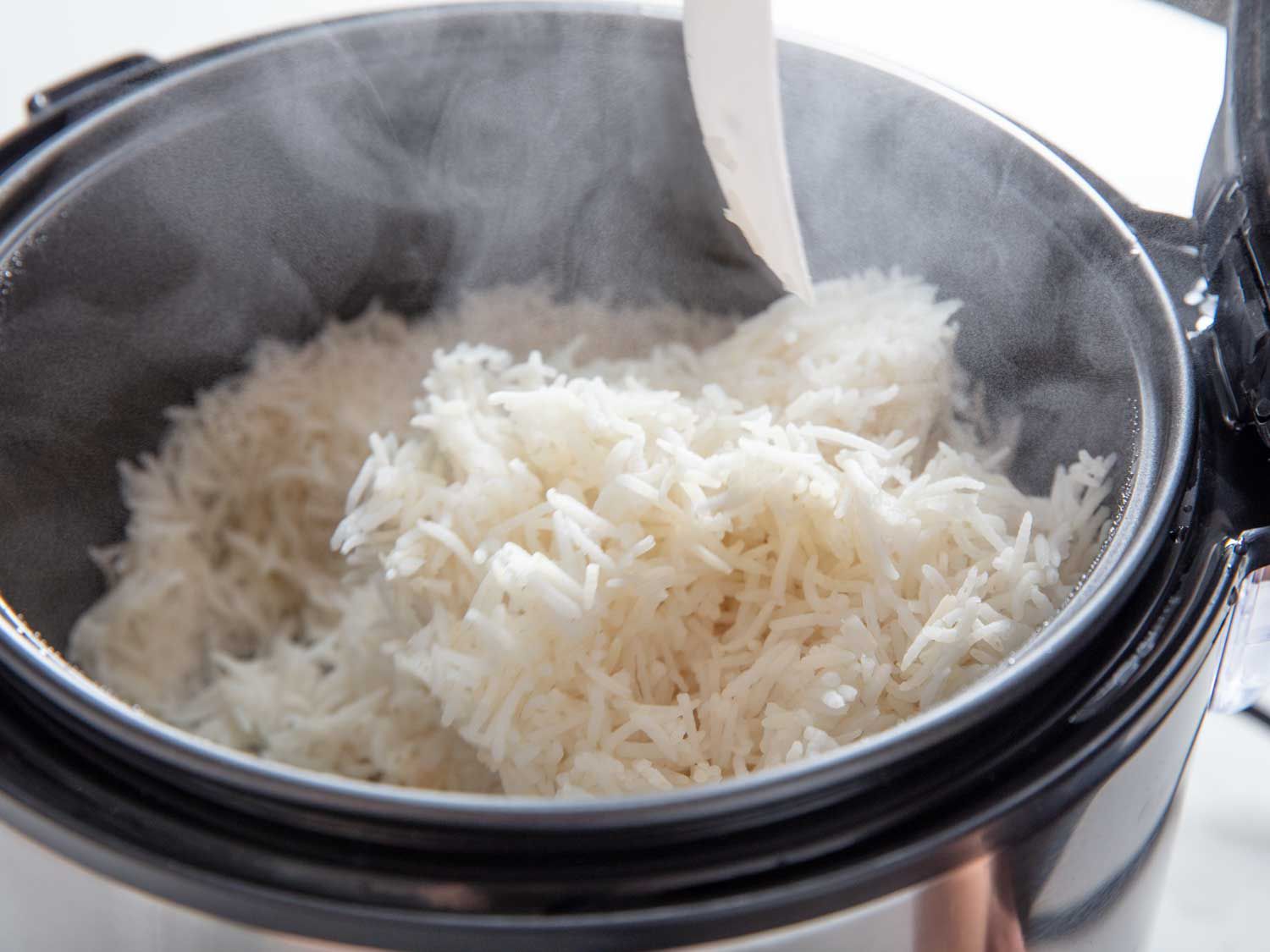

Articles
How Much Water To Cook Basmati Rice In Rice Cooker
Modified: January 6, 2024
Learn how much water to use when cooking basmati rice in a rice cooker. Discover the perfect ratio and avoid any soggy or undercooked results. Get expert tips now!
(Many of the links in this article redirect to a specific reviewed product. Your purchase of these products through affiliate links helps to generate commission for Storables.com, at no extra cost. Learn more)
Introduction
Basmati rice is a staple in many cuisines around the world, known for its exceptional flavor, long grain, and delicate aroma. Cooking basmati rice to perfection is essential for achieving fluffy, separate grains that add a touch of elegance to any dish. While traditional stovetop methods can yield delicious results, using a rice cooker offers convenience and consistency.
In this article, we will explore the benefits of cooking basmati rice in a rice cooker and provide you with the knowledge to determine the right amount of water for perfectly cooked rice. We will also guide you through the steps to cook basmati rice in a rice cooker, share factors to consider, and offer tips to achieve the best results. Additionally, we will address common issues that may arise during the cooking process and provide troubleshooting solutions.
Whether you are a seasoned cook or a novice in the kitchen, this article will equip you with the necessary skills to confidently cook basmati rice in your rice cooker and elevate your culinary creations.
Key Takeaways:
- Cooking basmati rice in a rice cooker offers convenience, consistency, and time-saving benefits, making it an invaluable tool in the kitchen for achieving perfectly cooked, fluffy, and separate grains every time.
- Understanding the water-to-rice ratio, rice cooker settings, and troubleshooting tips empowers home cooks to confidently prepare delicious basmati rice, elevating their culinary skills and dining experiences.
Read more: How Much Water For 1 Cup Rice In Rice Cooker
Benefits of Cooking Basmati Rice in a Rice Cooker
Using a rice cooker to cook basmati rice offers numerous benefits that make it an attractive option for home cooks. Here are some of the advantages:
- Convenience: One of the primary benefits of using a rice cooker is its convenience. Simply measure the rice and water, set the cooking time, and let the rice cooker do the rest. This hands-off approach frees up your time to focus on other aspects of meal preparation.
- Consistency: Rice cookers are designed to deliver consistent results every time. The built-in technology ensures that the rice is cooked evenly and to the perfect texture. This eliminates the guesswork and ensures that your basmati rice turns out fluffy and delicious with each use.
- Time-saving: Cooking basmati rice on the stovetop requires careful monitoring and frequent stirring. With a rice cooker, you can set the cooking time and walk away. This time-saving feature is especially beneficial when juggling multiple tasks in the kitchen.
- Retains nutrients: Rice cookers are designed to retain the natural nutrients and flavors of the rice. The sealed environment traps steam and moisture, preventing the loss of essential vitamins and minerals. As a result, the cooked basmati rice retains its nutritional value, contributing to a wholesome meal.
- No sticking or burning: Traditional stovetop cooking can sometimes result in rice sticking to the pot or burning at the bottom. A rice cooker eliminates this issue by providing even heat distribution and preventing the rice from sticking, ensuring that every grain of basmati rice is perfectly cooked.
- Keep warm function: Many rice cookers come with a “keep warm” function that automatically kicks in once the rice is cooked. This feature maintains the ideal serving temperature for an extended period, allowing you to enjoy hot and fresh basmati rice whenever you’re ready to eat.
With these benefits in mind, it’s no wonder that so many home cooks choose to cook basmati rice in a rice cooker. The convenience, consistency, and time-saving aspects make it an invaluable tool in the kitchen.
Determining the Right Amount of Water for Basmati Rice
Getting the water-to-rice ratio right is crucial for perfectly cooked basmati rice. While rice cookers often come with measuring cups and instructions, it’s helpful to understand the general guidelines for determining the right amount of water. Here are a few factors to consider:
- Rice variety: Different varieties of basmati rice may require slightly different water measurements. It’s a good idea to refer to the packaging or consult the manufacturer’s instructions for specific recommendations.
- Cooking method: The water-to-rice ratio can vary depending on whether you prefer your basmati rice more tender or slightly firmer. Adjusting the water quantity allows you to achieve your desired texture.
- External factors: Factors such as altitude, humidity, and the age of the rice can affect the absorption rate. It may require some experimentation to find the perfect water-to-rice ratio for your specific circumstances.
As a general rule of thumb, the standard water-to-rice ratio for basmati rice in a rice cooker is 1:1.5. This means using 1.5 cups of water for every cup of rice. However, this ratio can be adjusted based on personal preference and the factors mentioned above.
If you prefer your basmati rice softer, you can increase the water slightly, using a ratio of 1:1.75. On the other hand, if you prefer firmer rice, you can reduce the water to a ratio of 1:1.25.
It’s important to note that the measuring cup provided with the rice cooker may not match standard cup measurements. Always use the measuring cup that comes with your rice cooker for accurate results.
By understanding the factors that influence water-to-rice ratios and experimenting with adjustments, you can determine the ideal amount of water needed to cook basmati rice to your liking. It may require a bit of trial and error, but once you find the perfect ratio, you’ll have consistently delicious rice every time.
Steps to Cook Basmati Rice in a Rice Cooker
Cooking basmati rice in a rice cooker is a straightforward process that yields consistently delicious results. Follow these simple steps to prepare basmati rice in your rice cooker:
- Rinse the rice: Place the desired amount of basmati rice in a fine-mesh sieve or colander and rinse it under cold running water. Gently rub the rice grains between your fingers to remove any excess starch. Continue rinsing until the water runs clear.
- Measure the rice and water: Use the provided measuring cup or a standard measuring cup to measure the desired amount of rice. Transfer the rinsed rice to the rice cooker pot. Next, add the appropriate amount of water based on your desired texture and the water-to-rice ratio discussed earlier. Remember to use the measuring cup that came with your rice cooker for accurate measurements.
- Add seasoning (optional): If desired, add a pinch of salt or any other seasonings to enhance the flavor of the rice. Stir gently to incorporate the seasonings evenly.
- Cook the rice: Place the pot into the rice cooker and secure the lid. Select the appropriate setting on your rice cooker for white or basmati rice. Start the cooking process by pressing the ‘Cook’ or ‘Start’ button.
- Allow the rice to rest: Once the cooking cycle is complete, let the rice sit in the rice cooker for 10-15 minutes. This allows the steam to redistribute evenly, resulting in a more fluffy and evenly cooked rice.
- Fluff the rice: After resting, use a fork to gently fluff the rice. This helps separate the grains and prevents clumping.
- Serve and enjoy: The basmati rice is now ready to be served as a delicious side dish or as the base for your favorite curry or stir-fry. Enjoy!
Following these steps will ensure that your basmati rice is cooked to perfection, with each grain fluffy, separate, and full of flavor.
Remember, cooking times and settings may vary depending on the brand and model of your rice cooker. Always refer to the manufacturer’s instructions for specific guidelines and recommendations.
Use a 1:1.5 ratio of rice to water when cooking basmati rice in a rice cooker. For example, if you are cooking 1 cup of rice, use 1.5 cups of water. This will ensure perfectly cooked, fluffy rice every time.
Factors to Consider When Cooking Basmati Rice in a Rice Cooker
While cooking basmati rice in a rice cooker is generally a straightforward process, there are a few important factors to consider to ensure the best results. Keeping these factors in mind will help you achieve perfectly cooked rice every time:
- Rice variety: Different basmati rice varieties may require slightly different cooking times and water ratios. It’s important to consider the specific variety of basmati rice you are using and adjust your cooking parameters accordingly.
- Rice age and quality: The age and quality of the rice can affect the cooking time and water absorption. Fresher rice may require slightly less water, while older rice may need a bit more. It is always recommended to use high-quality basmati rice for the best results.
- Rice cooker settings: Familiarize yourself with the settings and functions of your rice cooker. Some models have specific settings for different rice types, including basmati rice. Using the appropriate setting can ensure optimal cooking results.
- Altitude and climate: If you live at a high altitude or in a humid climate, you may need to adjust the amount of water used in your rice cooker. In high-altitude regions, you may need to increase the water slightly to compensate for the lower boiling point, while in humid climates, you may need to reduce the water slightly due to the added moisture in the air.
- Rice soaking: Soaking basmati rice before cooking can help achieve a fluffier texture. If you prefer to soak the rice, adjust the amount of water accordingly, as soaked rice requires less water to cook. Follow the instructions on the rice packaging or soak the rice for 15-30 minutes before rinsing and cooking.
- Stovetop vs. rice cooker: Cooking basmati rice in a rice cooker typically requires a slightly different water-to-rice ratio compared to stovetop cooking. If you transition from stovetop to a rice cooker, be prepared to adjust the amount of water used to achieve the desired texture.
Considering these factors when cooking basmati rice in a rice cooker will help you navigate any potential challenges and ensure that your rice turns out perfect every time. It may take a few attempts to find the ideal parameters for your specific circumstances, but with practice, you’ll develop a knack for cooking basmati rice to perfection in your rice cooker.
Tips for Achieving Perfectly Cooked Basmati Rice in a Rice Cooker
To ensure that your basmati rice turns out perfectly cooked and full of flavor, here are some helpful tips to follow when using a rice cooker:
- Measure accurately: Use the measuring cup provided with your rice cooker or a standard measuring cup to measure the rice and water. Accurate measurements are essential for achieving the right water-to-rice ratio.
- Rinse the rice: Rinsing the basmati rice before cooking helps remove excess starch and prevents clumping. Rinse the rice under cold running water until the water runs clear. This step contributes to fluffier, separate grains of rice.
- Choose the right rice cooker setting: If your rice cooker has specific settings for different rice types, including basmati rice, be sure to use the appropriate setting. This ensures that the rice cooker adjusts the cooking time and temperature to suit basmati rice.
- Avoid peeking: Once you’ve started the rice cooker, resist the temptation to lift the lid and check on the rice. Opening the lid can disrupt the cooking process and hinder the rice from cooking evenly. Trust the rice cooker to do its job.
- Let it rest: After the cooking cycle is complete, let the rice sit in the rice cooker with the lid on for about 10-15 minutes. This allows the steam to redistribute and for the rice to finish cooking. Fluffing the rice too soon may cause it to become sticky or mushy.
- Fluff with a fork: Once the resting time is over, use a fork to gently fluff the rice. This helps separate the grains and prevents clumping. Avoid using a spoon or stirring vigorously, as this can result in a sticky consistency.
- Use the ‘keep warm’ function: If you’re not ready to serve the rice immediately, utilize the ‘keep warm’ function on your rice cooker. This feature will maintain the rice at a safe serving temperature without overcooking it. However, avoid leaving the rice on the ‘keep warm’ function for extended periods.
- Experiment and adjust: Every rice cooker and kitchen environment is different, so don’t be afraid to experiment and make adjustments to the cooking time and water ratio to suit your preferences. Take note of any changes you make and how they affect the final results.
By following these tips, you’ll be well on your way to achieving perfectly cooked basmati rice in your rice cooker. With practice, you’ll develop your own techniques and preferences to create a delicious accompaniment to a wide range of dishes.
Troubleshooting Common Issues When Cooking Basmati Rice in a Rice Cooker
While cooking basmati rice in a rice cooker is generally a straightforward process, it’s not uncommon to encounter a few common issues along the way. Here are some troubleshooting tips for resolving these problems:
- Sticky or mushy rice: If your basmati rice turns out sticky or mushy, it is likely due to using too much water. To remedy this, reduce the amount of water slightly in your next cooking attempt. It may take a few adjustments to find the perfect water-to-rice ratio for your rice cooker and desired texture.
- Dry or undercooked rice: If your basmati rice is dry or undercooked, you may need to increase the amount of water used or extend the cooking time slightly. Start by adding a small amount of extra water, about 1-2 tablespoons, and continue to adjust as needed until you achieve the desired consistency.
- Unevenly cooked rice: Unevenly cooked rice can result from not rinsing the rice well enough or not evenly distributing the water and rice in the rice cooker. Ensure that the rice is rinsed until the water runs clear and spread it evenly in the pot before adding water. Additionally, avoid opening the rice cooker during the cooking process, as this can disrupt the even cooking.
- Burnt rice at the bottom: If you consistently experience burnt rice at the bottom of your rice cooker, check if the heat setting is too high. Lower the heat or select a lower cooking setting if your rice cooker allows for adjustments. It’s also essential to clean the rice cooker thoroughly after each use to prevent residual starch from burning.
- Excessive water overflow: If you notice excessive water overflow during the cooking process, it may be due to using too much water or filling the rice cooker beyond its recommended capacity. Be sure to measure the water accurately and follow the maximum filling level indicated by your rice cooker’s guidelines to prevent overflow.
Remember, troubleshooting common issues when cooking basmati rice in a rice cooker may require some trial and error. It’s important to make small adjustments, take note of the changes, and continue refining your cooking method until you achieve the desired results.
By using these troubleshooting tips, you’ll be able to overcome any challenges that may arise and consistently prepare perfectly cooked and delicious basmati rice in your rice cooker.
Conclusion
Mastering the art of cooking basmati rice in a rice cooker can elevate your culinary skills and enhance your dining experience. The convenience, consistency, and time-saving benefits of using a rice cooker make it an invaluable tool in the kitchen. By following the steps outlined in this article and considering factors such as rice variety, water-to-rice ratio, and rice cooker settings, you can achieve perfectly cooked basmati rice with fluffy, separate grains every time.
Remember to measure the rice and water accurately, rinse the rice before cooking, and choose the appropriate rice cooker setting for basmati rice. Let the rice rest after cooking to allow the steam to redistribute, and gently fluff the rice with a fork before serving. With a bit of practice and exploration, you’ll find the ideal cooking parameters to suit your personal preferences.
In case you encounter any issues along the way, refer to the troubleshooting tips provided in this article. Whether it’s sticky rice, dry rice, unevenly cooked rice, burnt rice, or water overflow, there are solutions to overcome these common challenges.
As with any skill, cooking basmati rice in a rice cooker requires patience, practice, and a willingness to adapt. Don’t be discouraged by initial setbacks, and be open to making adjustments until you achieve the perfect outcome. With time, you’ll become more confident in your ability to consistently prepare delicious basmati rice that complements a variety of dishes.
So, go ahead and embrace the convenience and excellence of cooking basmati rice in a rice cooker. With the knowledge and tips shared in this article, you can confidently create delectable meals that showcase the delicate flavors and long grains of basmati rice, transforming every dining experience into a memorable one.
Frequently Asked Questions about How Much Water To Cook Basmati Rice In Rice Cooker
Was this page helpful?
At Storables.com, we guarantee accurate and reliable information. Our content, validated by Expert Board Contributors, is crafted following stringent Editorial Policies. We're committed to providing you with well-researched, expert-backed insights for all your informational needs.
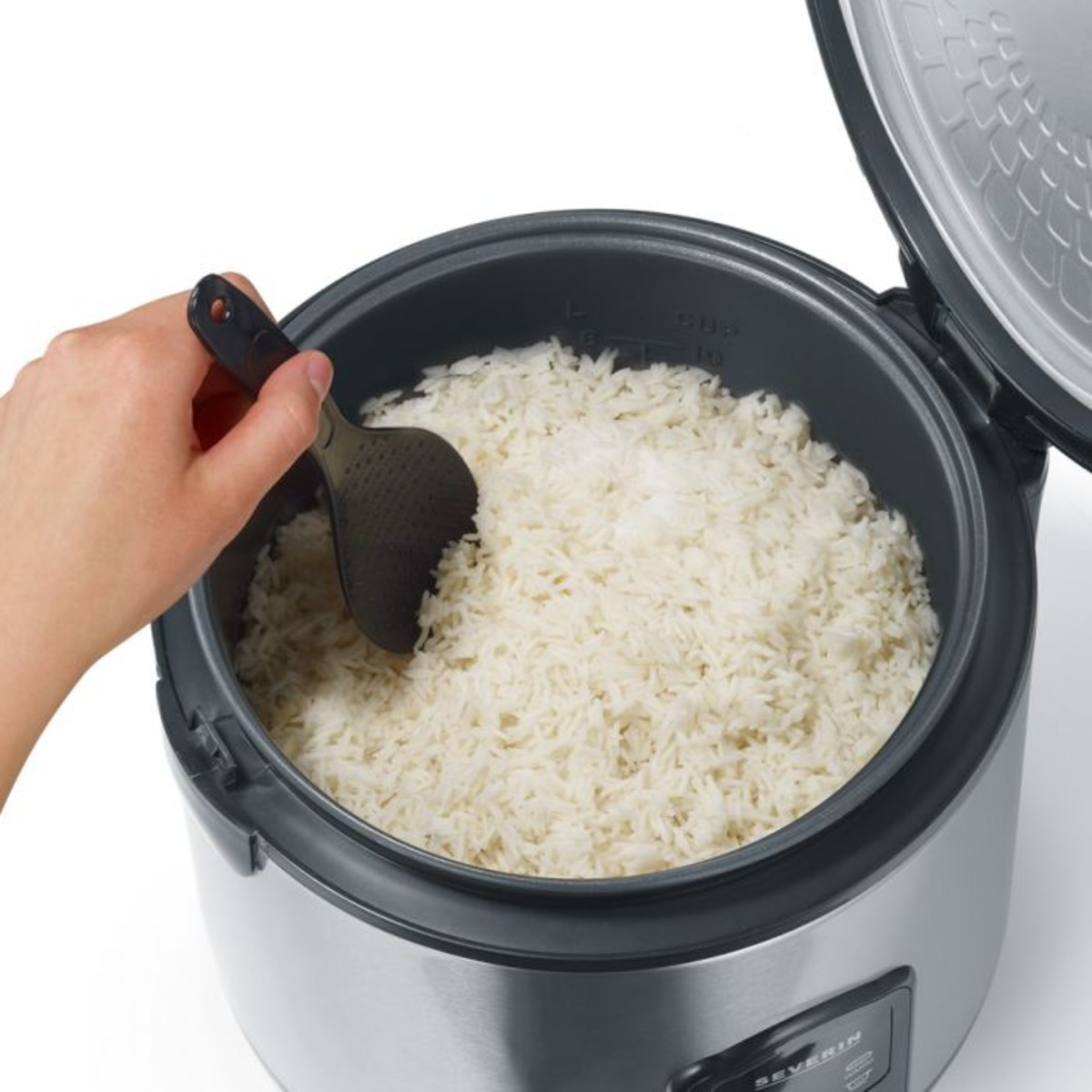
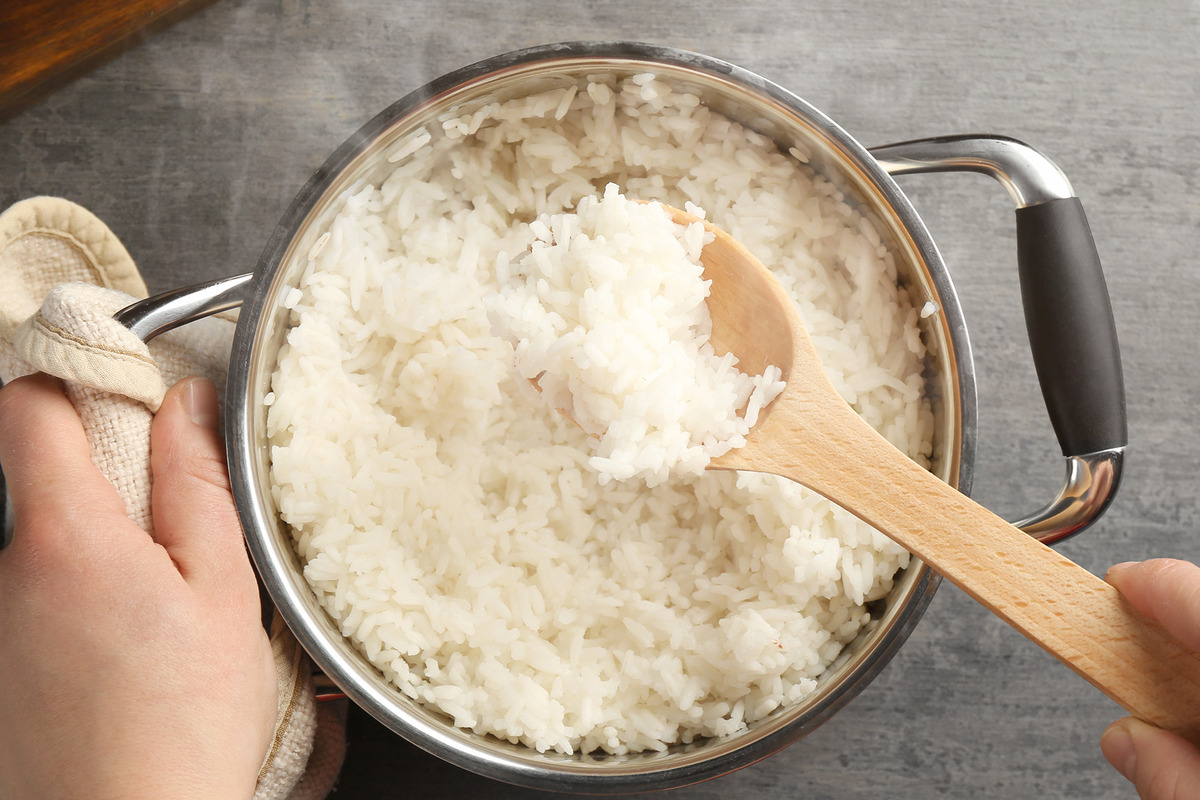
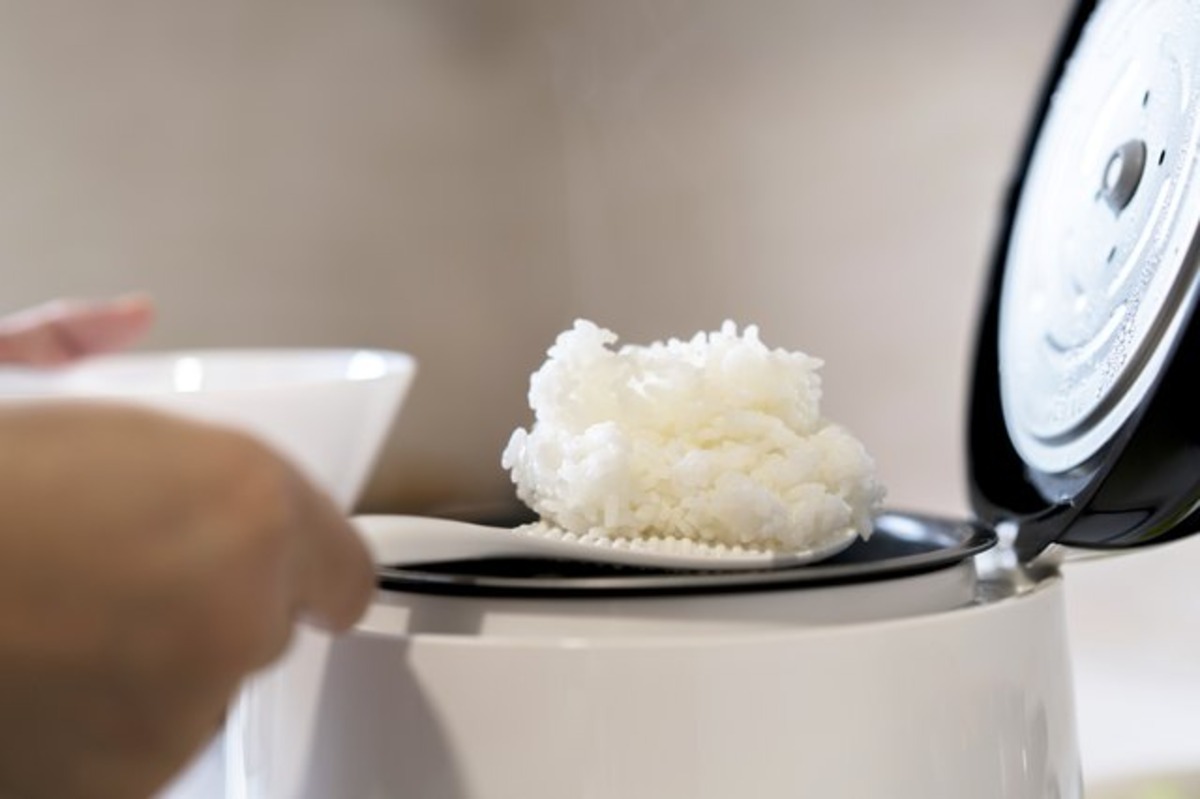
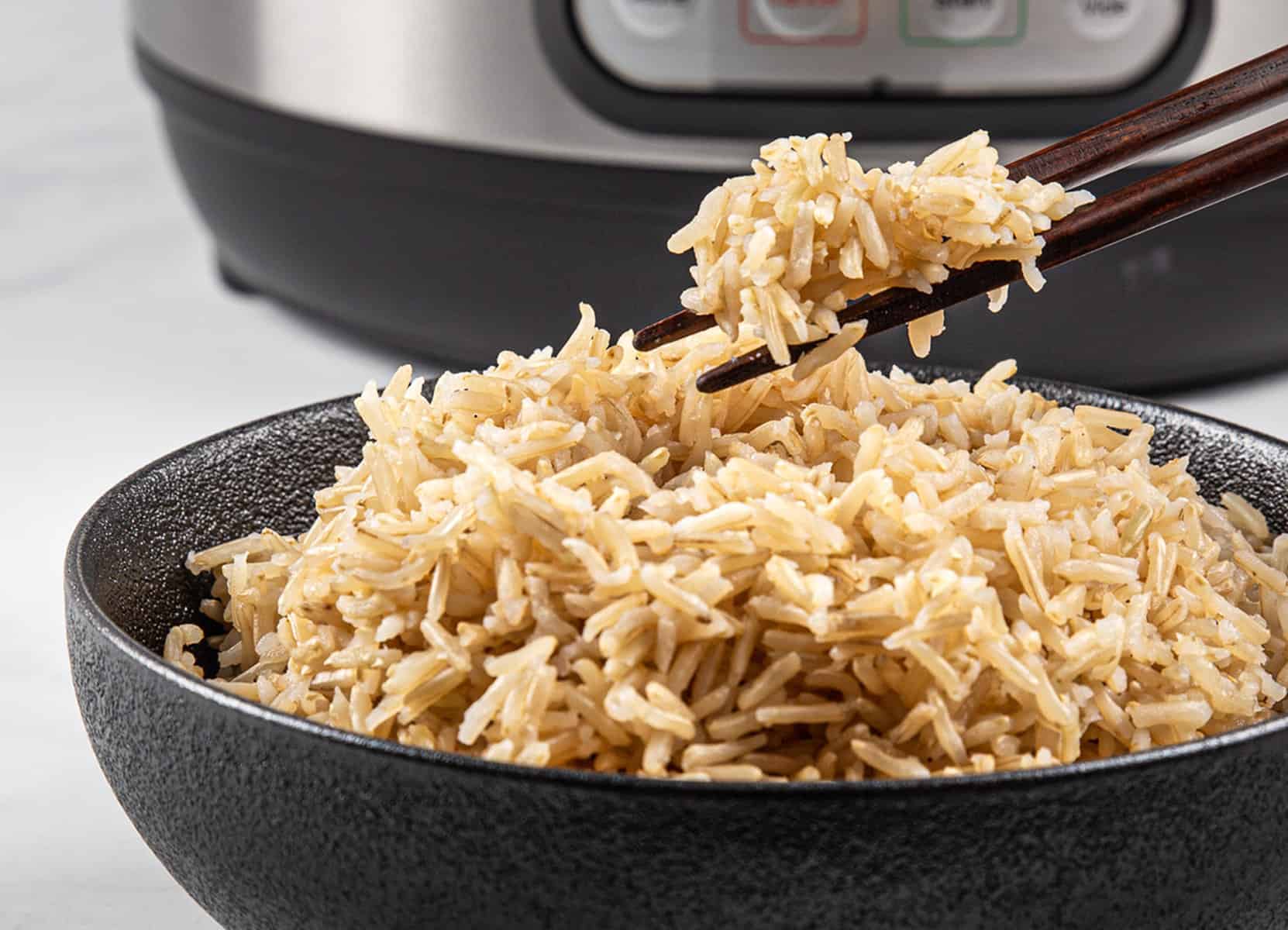
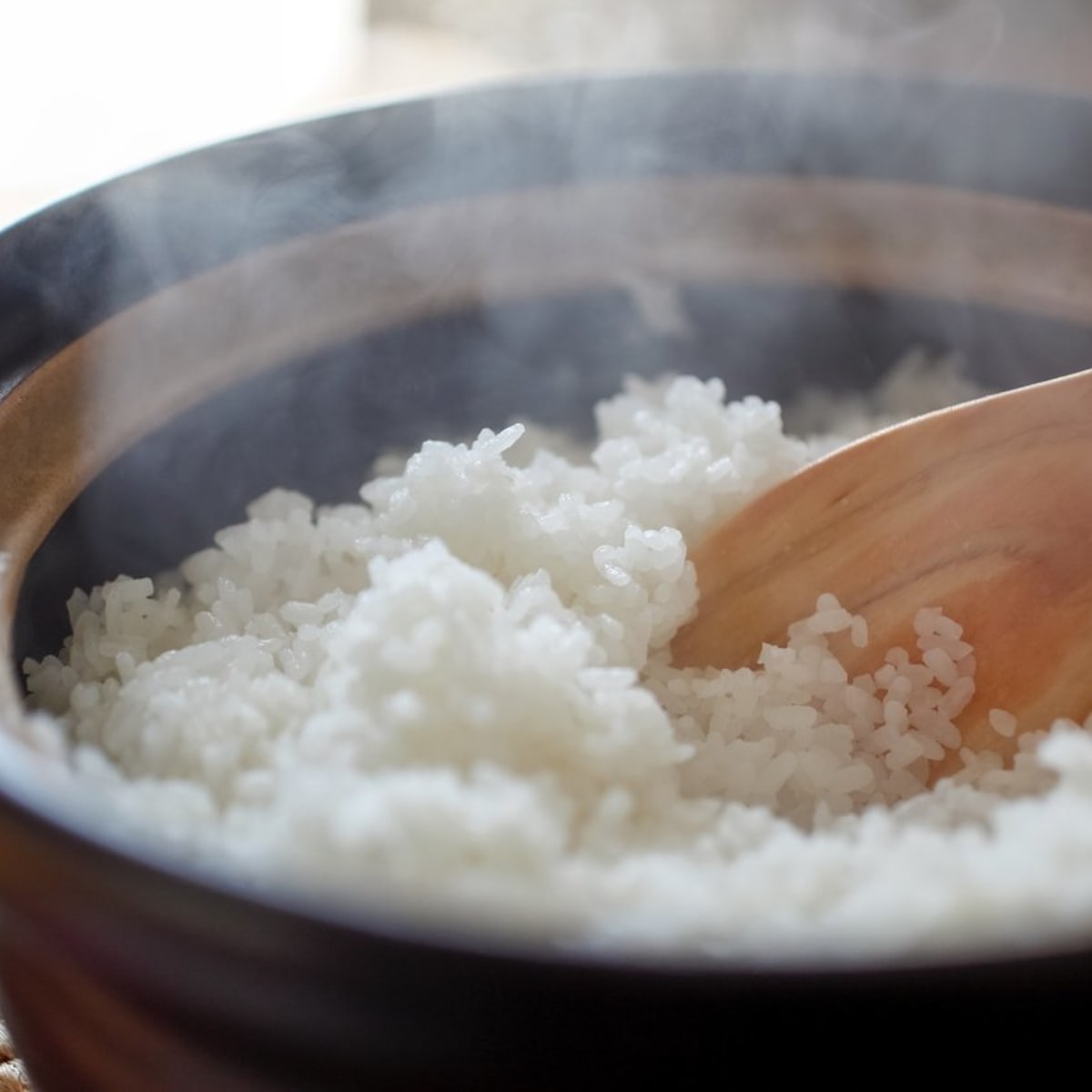
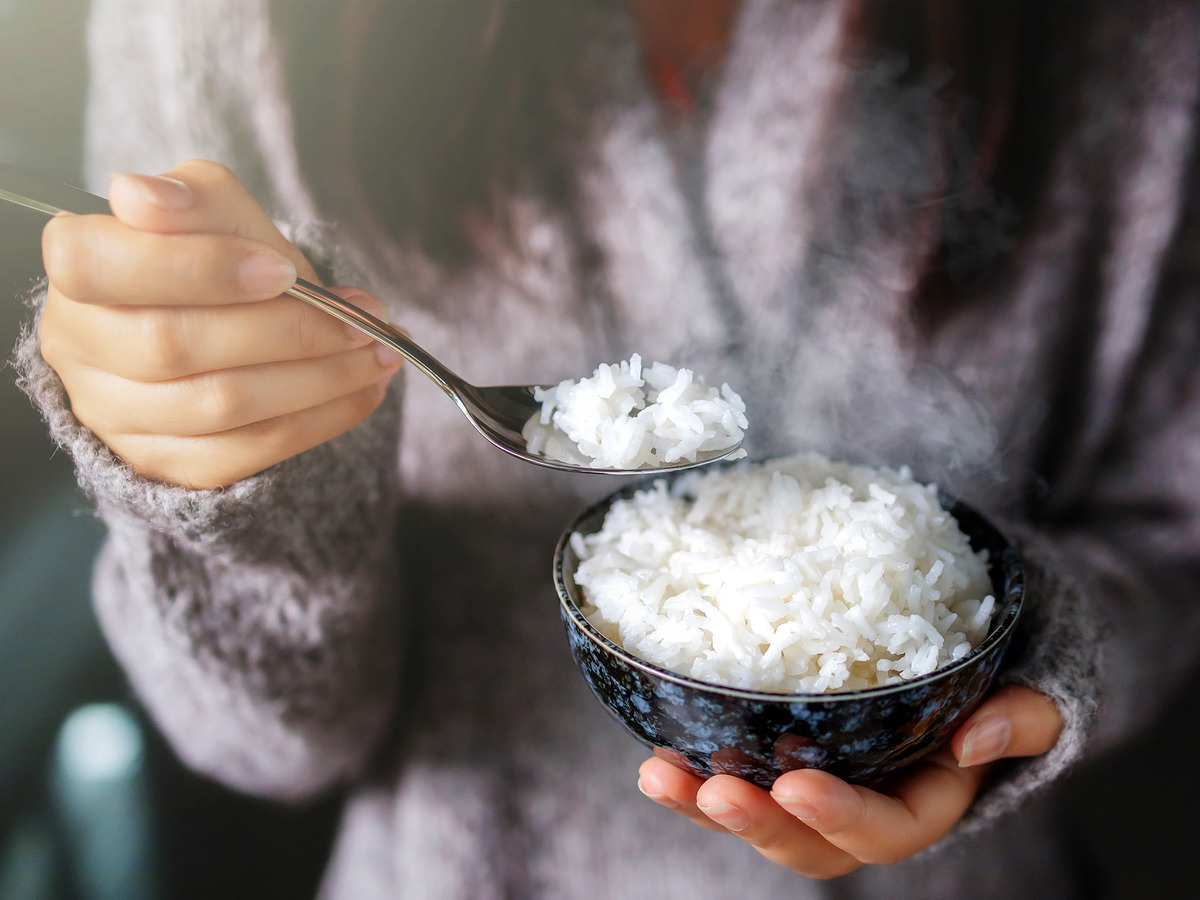
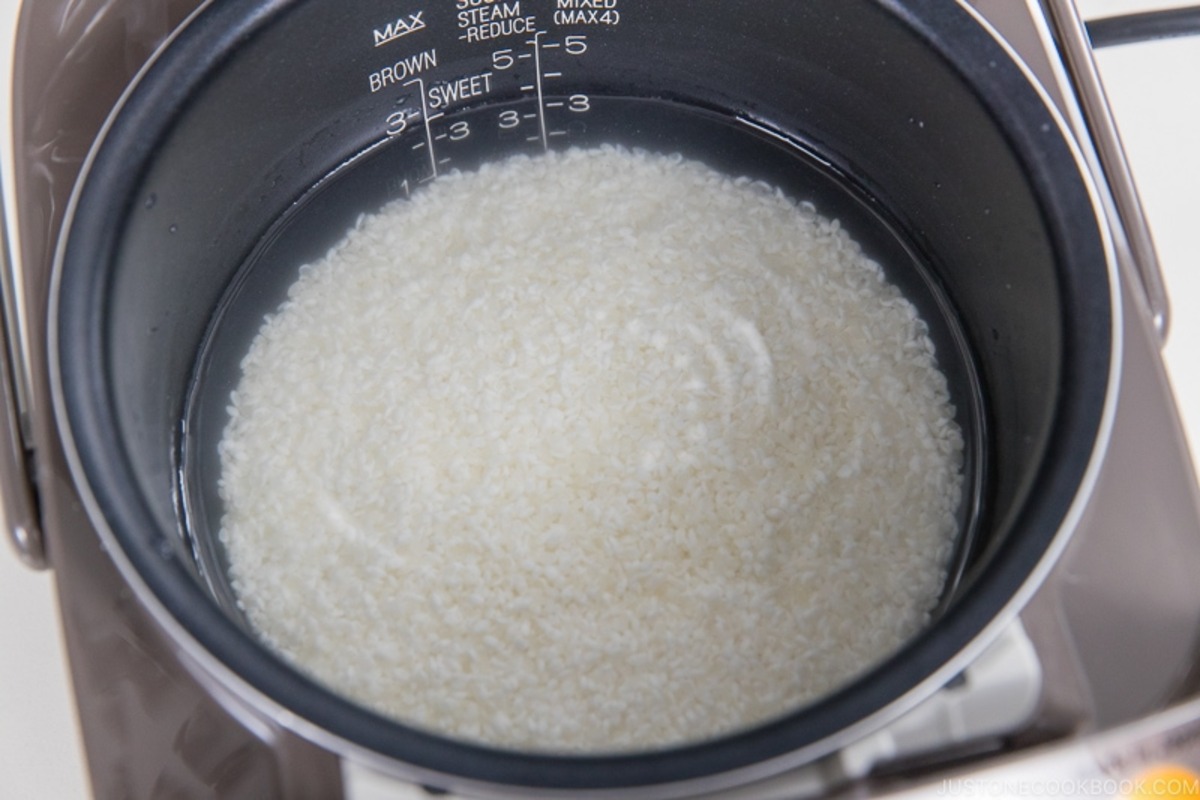
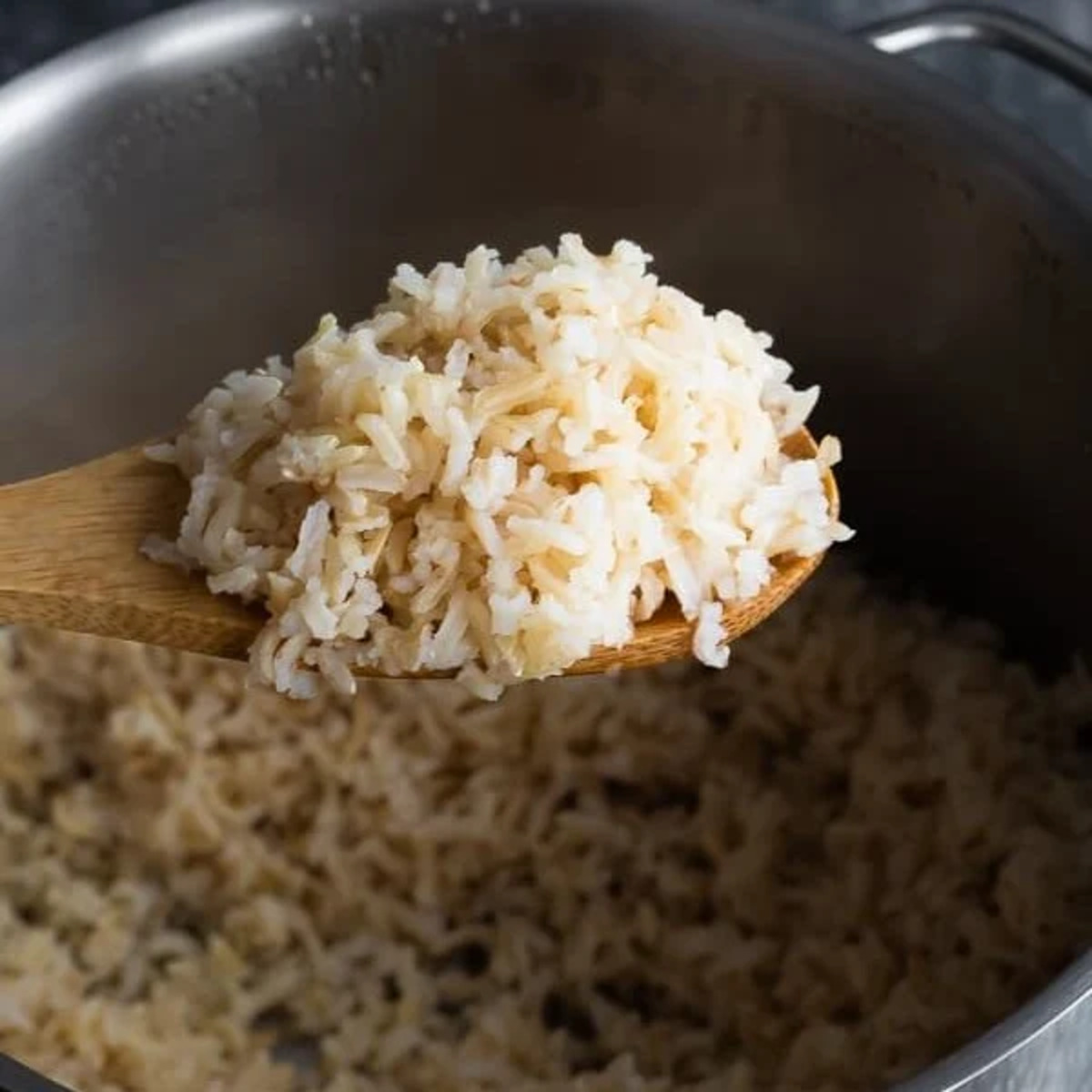


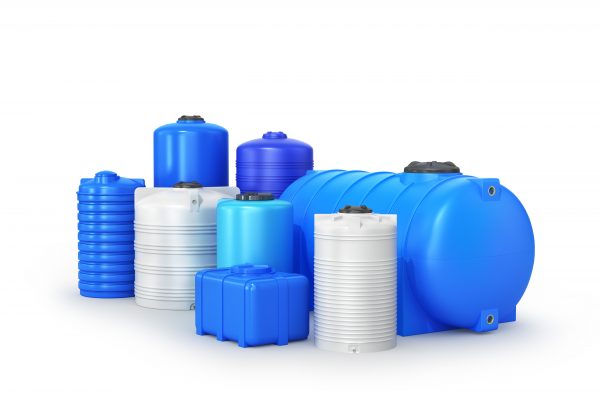

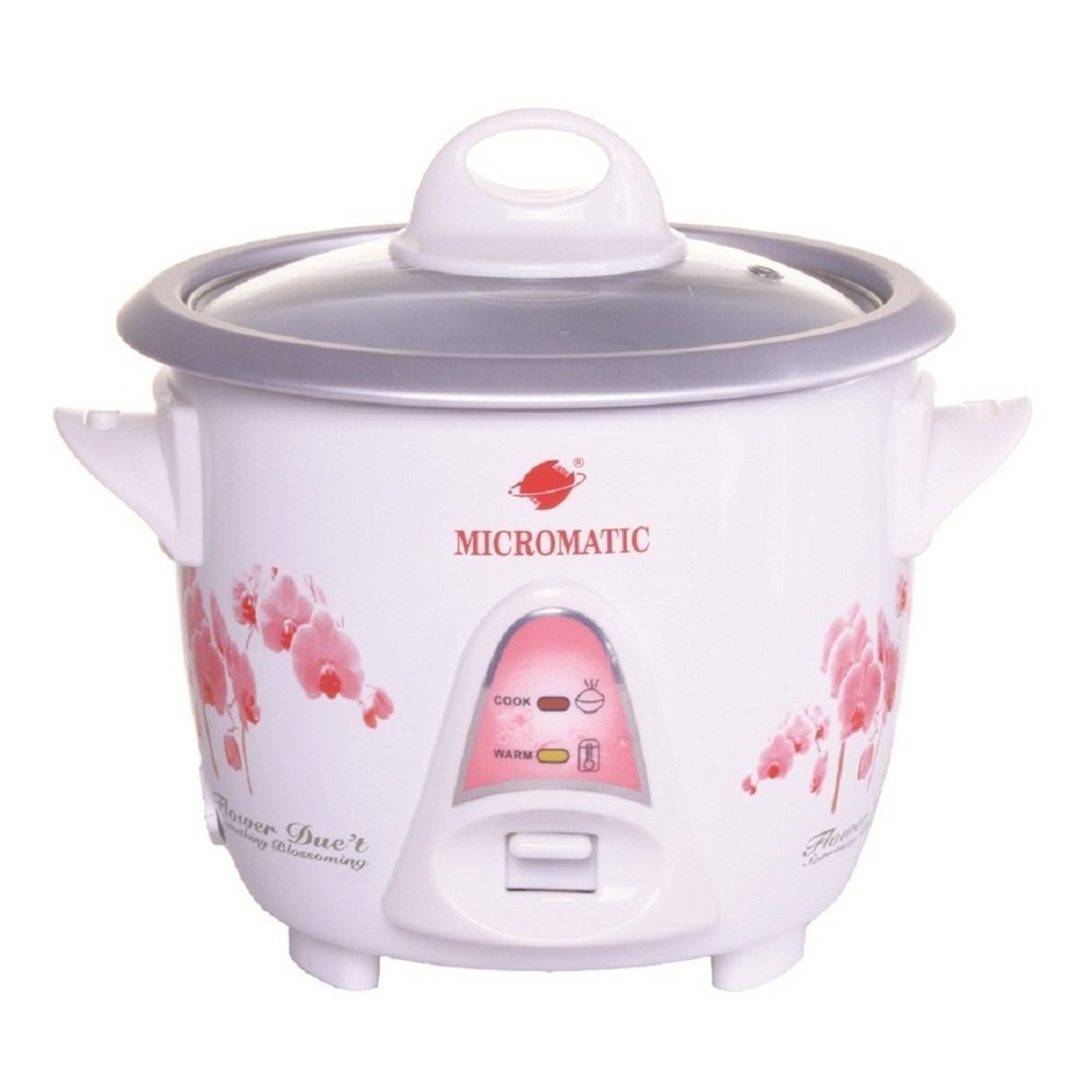


0 thoughts on “How Much Water To Cook Basmati Rice In Rice Cooker”